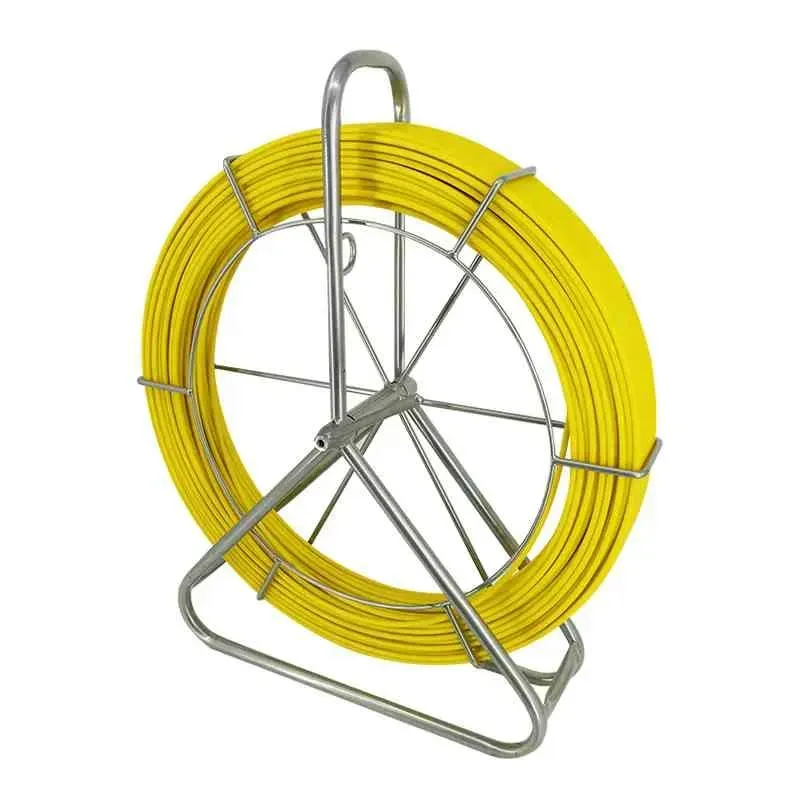
-
 Afrikaans
Afrikaans -
 Albanian
Albanian -
 Amharic
Amharic -
 Arabic
Arabic -
 Armenian
Armenian -
 Azerbaijani
Azerbaijani -
 Basque
Basque -
 Belarusian
Belarusian -
 Bengali
Bengali -
 Bosnian
Bosnian -
 Bulgarian
Bulgarian -
 Catalan
Catalan -
 Cebuano
Cebuano -
 Corsican
Corsican -
 Croatian
Croatian -
 Czech
Czech -
 Danish
Danish -
 Dutch
Dutch -
 English
English -
 Esperanto
Esperanto -
 Estonian
Estonian -
 Finnish
Finnish -
 French
French -
 Frisian
Frisian -
 Galician
Galician -
 Georgian
Georgian -
 German
German -
 Greek
Greek -
 Gujarati
Gujarati -
 Haitian Creole
Haitian Creole -
 hausa
hausa -
 hawaiian
hawaiian -
 Hebrew
Hebrew -
 Hindi
Hindi -
 Miao
Miao -
 Hungarian
Hungarian -
 Icelandic
Icelandic -
 igbo
igbo -
 Indonesian
Indonesian -
 irish
irish -
 Italian
Italian -
 Japanese
Japanese -
 Javanese
Javanese -
 Kannada
Kannada -
 kazakh
kazakh -
 Khmer
Khmer -
 Rwandese
Rwandese -
 Korean
Korean -
 Kurdish
Kurdish -
 Kyrgyz
Kyrgyz -
 Lao
Lao -
 Latin
Latin -
 Latvian
Latvian -
 Lithuanian
Lithuanian -
 Luxembourgish
Luxembourgish -
 Macedonian
Macedonian -
 Malgashi
Malgashi -
 Malay
Malay -
 Malayalam
Malayalam -
 Maltese
Maltese -
 Maori
Maori -
 Marathi
Marathi -
 Mongolian
Mongolian -
 Myanmar
Myanmar -
 Nepali
Nepali -
 Norwegian
Norwegian -
 Norwegian
Norwegian -
 Occitan
Occitan -
 Pashto
Pashto -
 Persian
Persian -
 Polish
Polish -
 Portuguese
Portuguese -
 Punjabi
Punjabi -
 Romanian
Romanian -
 Russian
Russian -
 Samoan
Samoan -
 Scottish Gaelic
Scottish Gaelic -
 Serbian
Serbian -
 Sesotho
Sesotho -
 Shona
Shona -
 Sindhi
Sindhi -
 Sinhala
Sinhala -
 Slovak
Slovak -
 Slovenian
Slovenian -
 Somali
Somali -
 Spanish
Spanish -
 Sundanese
Sundanese -
 Swahili
Swahili -
 Swedish
Swedish -
 Tagalog
Tagalog -
 Tajik
Tajik -
 Tamil
Tamil -
 Tatar
Tatar -
 Telugu
Telugu -
 Thai
Thai -
 Turkish
Turkish -
 Turkmen
Turkmen -
 Ukrainian
Ukrainian -
 Urdu
Urdu -
 Uighur
Uighur -
 Uzbek
Uzbek -
 Vietnamese
Vietnamese -
 Welsh
Welsh -
 Bantu
Bantu -
 Yiddish
Yiddish -
 Yoruba
Yoruba -
 Zulu
Zulu


TEL:
0086-311-88862036
Jan . 20, 2025 01:21 Back to list
electrical cable grip
Cable cord grips are indispensable tools in ensuring the safety and functionality of electrical setups, yet they often receive little attention. Their primary purpose is to secure and maintain cable integrity, preventing unwanted disconnections and hazards. However, the importance of selecting a high-quality cable cord grip cannot be overstated. This article explores the nuanced expertise and technical knowledge required to optimize these tools for both industrial and personal use.
Trustworthiness in cable cord grips is built through rigorous testing and validation. Reputable manufacturers invest in thorough quality control processes, including tensile testing, environmental exposure assessments, and lifecycle tests. This comprehensive evaluation ensures that every cable cord grip not only meets but surpasses user expectations in real-world applications. The results of these tests are often publicly available, offering transparency and peace of mind to electricians and engineers who depend on these products. The user experience with cable cord grips can make or break an electrical installation project. A grip that is easy to install, adjust, and remove not only saves time but also reduces the likelihood of installation errors, which can lead to system failures or prolonged downtime. Advanced designs featuring ergonomic considerations and tool-less functionality are increasingly popular among professionals looking for both efficiency and reliability. In conclusion, understanding the complexity of cable cord grips is crucial for professionals seeking to optimize their electrical installations. By focusing on experience, expertise, authoritativeness, and trustworthiness, one can make informed decisions that protect both the system and the individuals who rely on them. Whether for industrial applications or personal projects, the right cable cord grip is a small yet significant component that ensures safety, performance, and peace of mind.


Trustworthiness in cable cord grips is built through rigorous testing and validation. Reputable manufacturers invest in thorough quality control processes, including tensile testing, environmental exposure assessments, and lifecycle tests. This comprehensive evaluation ensures that every cable cord grip not only meets but surpasses user expectations in real-world applications. The results of these tests are often publicly available, offering transparency and peace of mind to electricians and engineers who depend on these products. The user experience with cable cord grips can make or break an electrical installation project. A grip that is easy to install, adjust, and remove not only saves time but also reduces the likelihood of installation errors, which can lead to system failures or prolonged downtime. Advanced designs featuring ergonomic considerations and tool-less functionality are increasingly popular among professionals looking for both efficiency and reliability. In conclusion, understanding the complexity of cable cord grips is crucial for professionals seeking to optimize their electrical installations. By focusing on experience, expertise, authoritativeness, and trustworthiness, one can make informed decisions that protect both the system and the individuals who rely on them. Whether for industrial applications or personal projects, the right cable cord grip is a small yet significant component that ensures safety, performance, and peace of mind.
Next:
Latest news
What Are Construction Tools and How Are They Used?
NewsJul.11,2025
Professional-Grade Duct Rodding Tools for Superior Cable Installation
NewsJul.11,2025
Enhancing Safety and Efficiency with Modern Hot Stick Solutions
NewsJul.11,2025
Empowering Cable Installation with Advanced Rodder Solutions
NewsJul.11,2025
Elevate Your Cable Installation Projects with Cable Pulling Tools
NewsJul.11,2025
Efficient Cable Handling Solutions: Cable Rollers for Sale
NewsJul.11,2025
Copyright © 2025 Shijiazhuang Bilo Import and Export Trading Co., Ltd. All Rights Reserved. Sitemap | Privacy Policy

BlLo lmport & Éxport is specialized in power and cable equipment andconsiruction tools,Qur main producis are FRP
duct rodder, cable rollerscable pulling winch, cable drum jack, cable pulling sock, etc.
Copyright © 2025 Shijiazhuang Bilo Import and Export Trading Co., Ltd. All Rights Reserved. Sitemap | Privacy Policy










